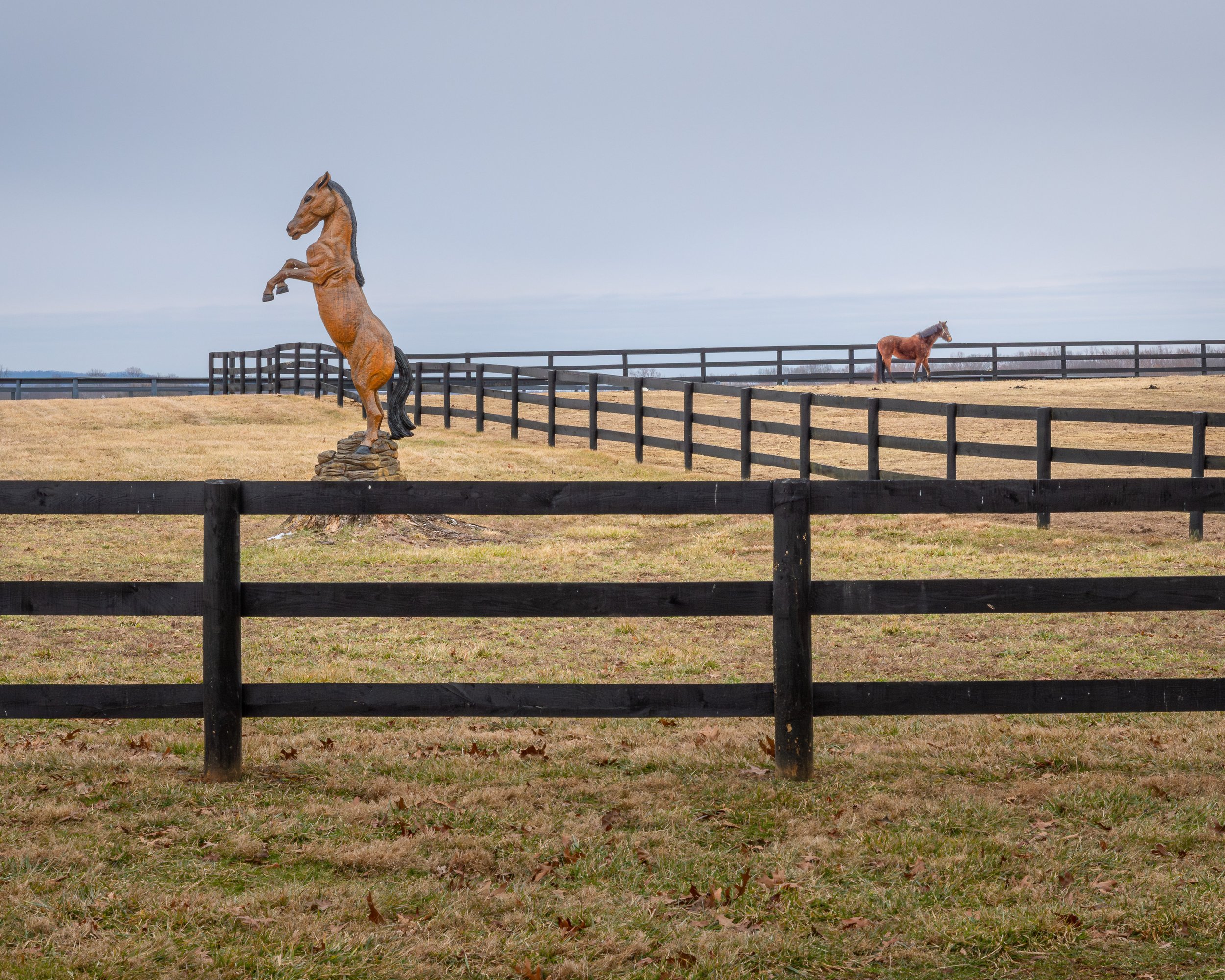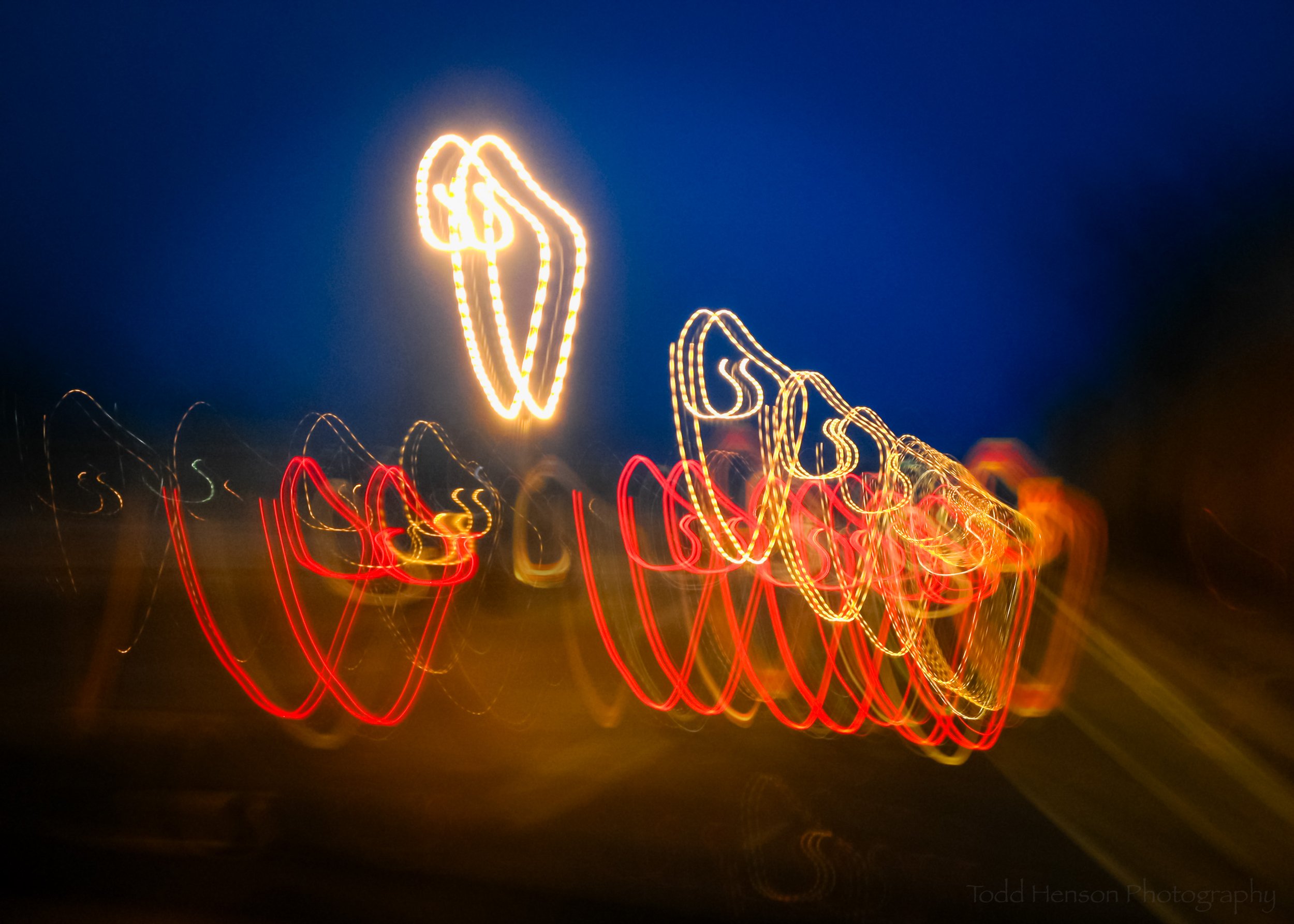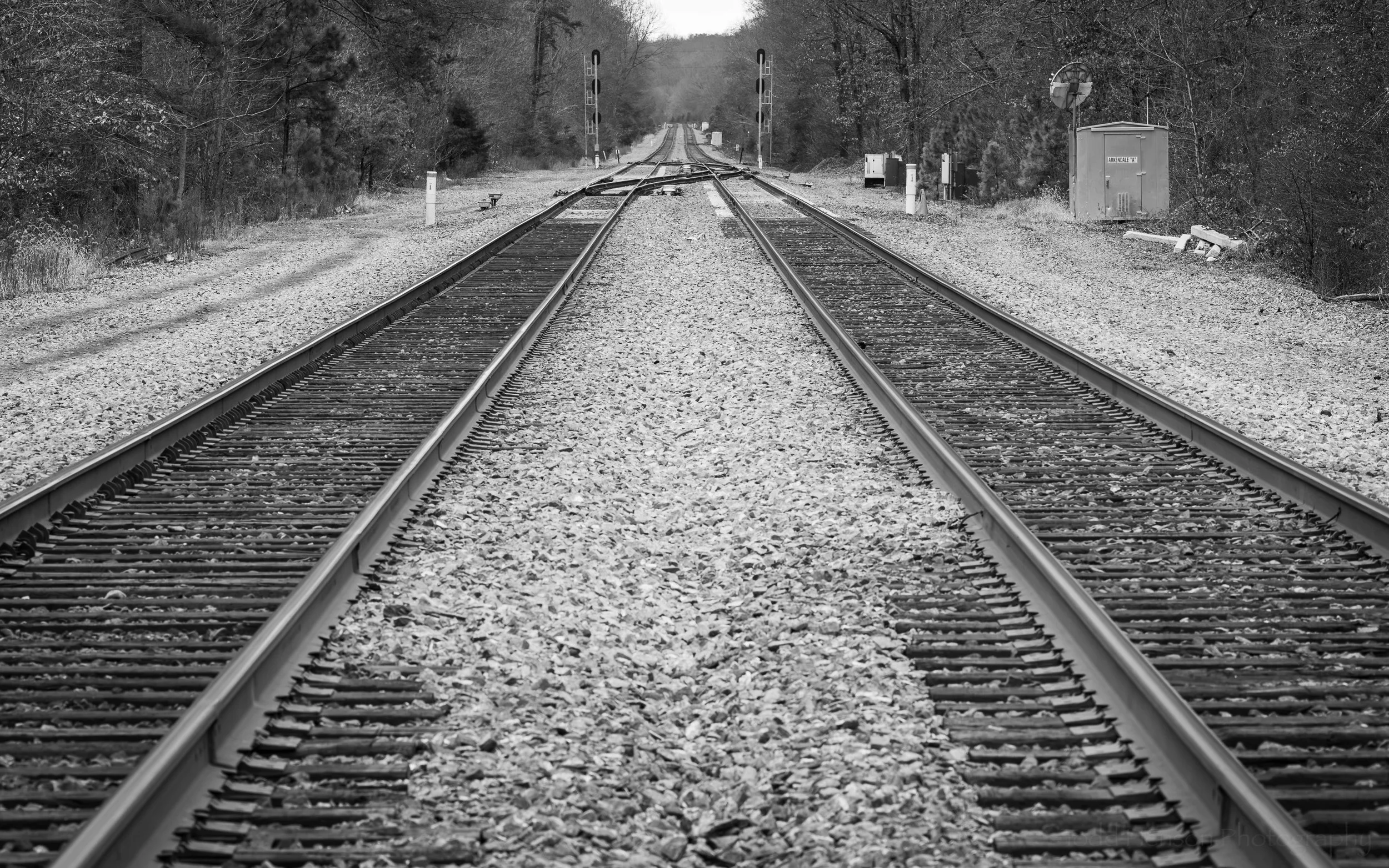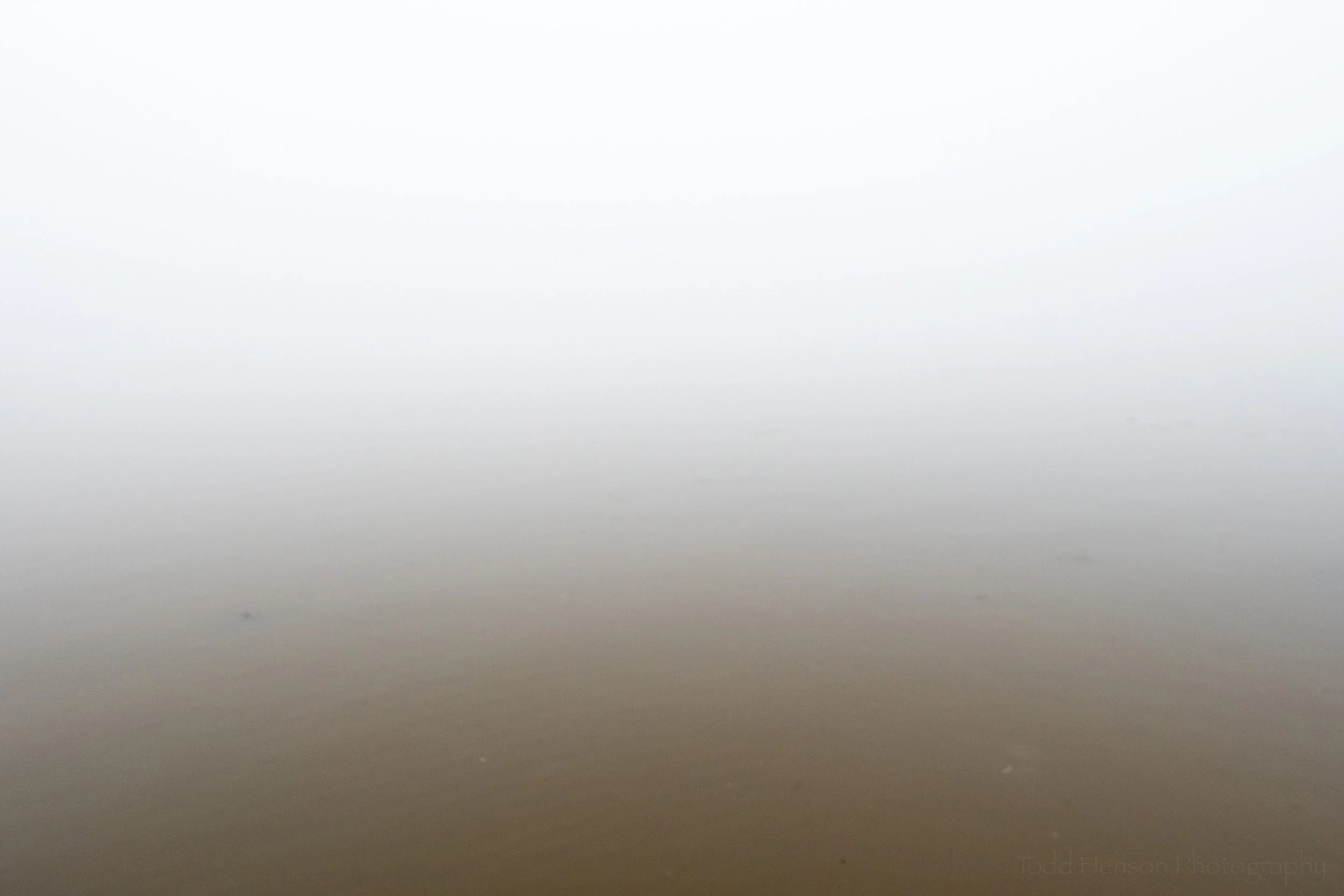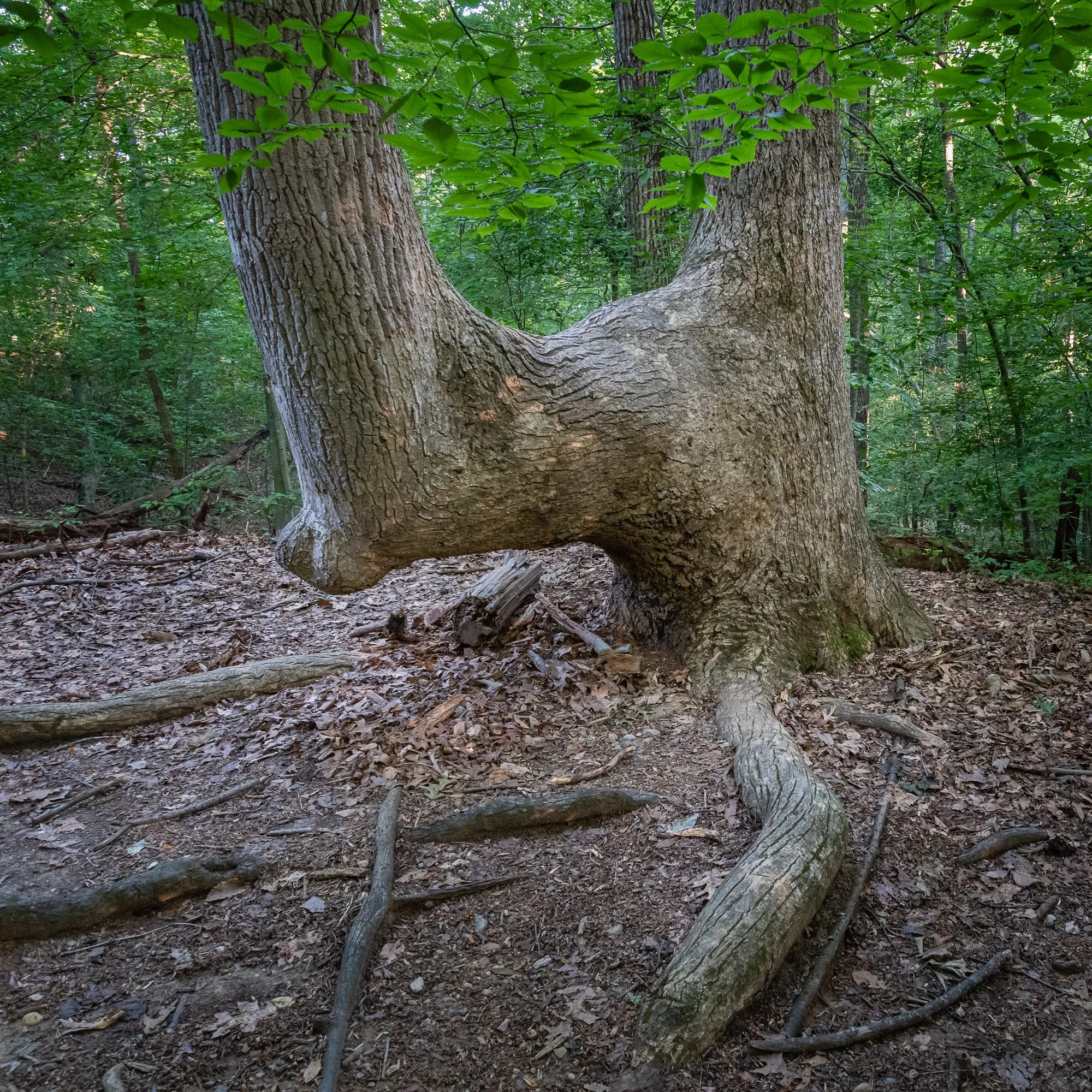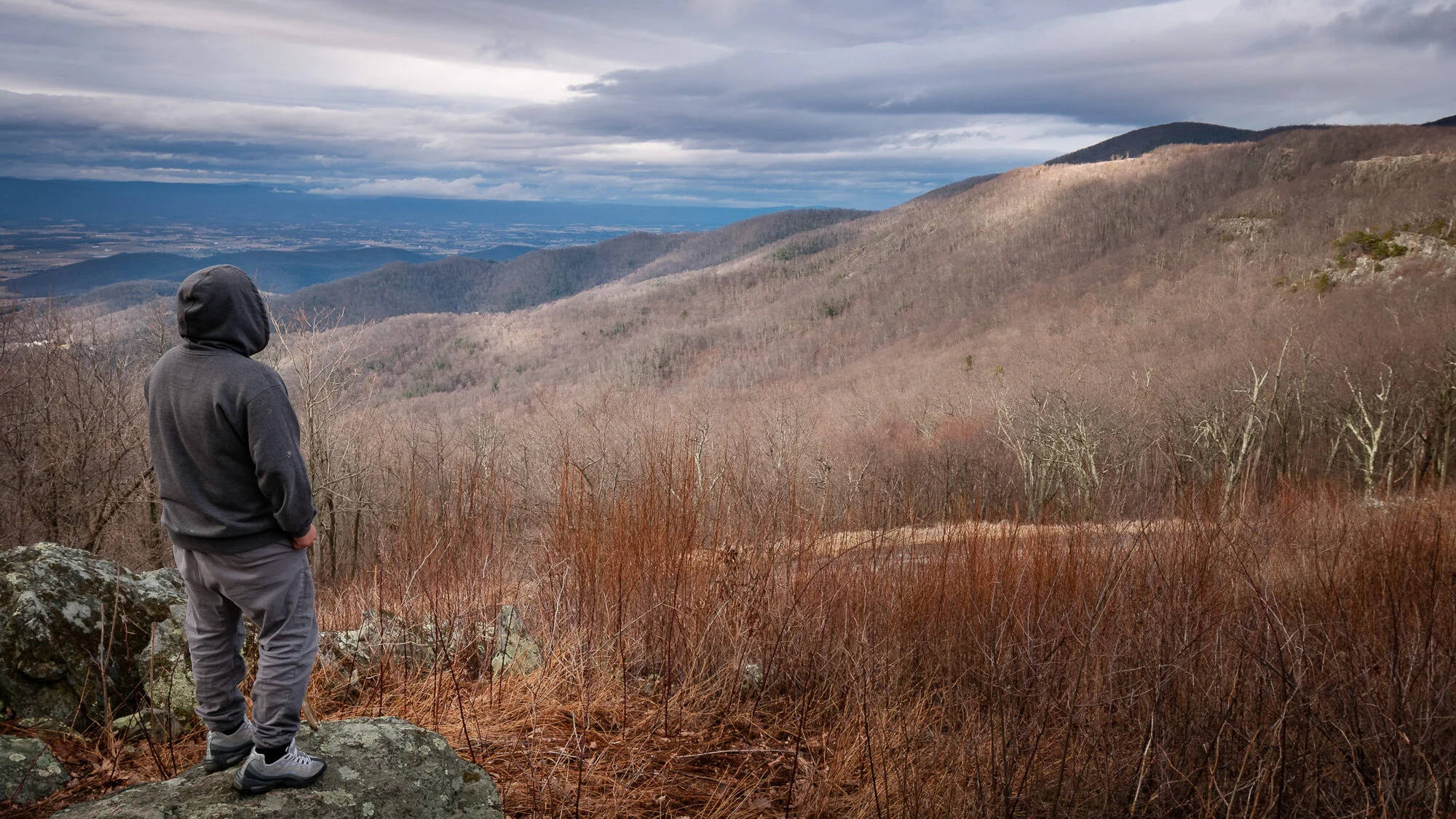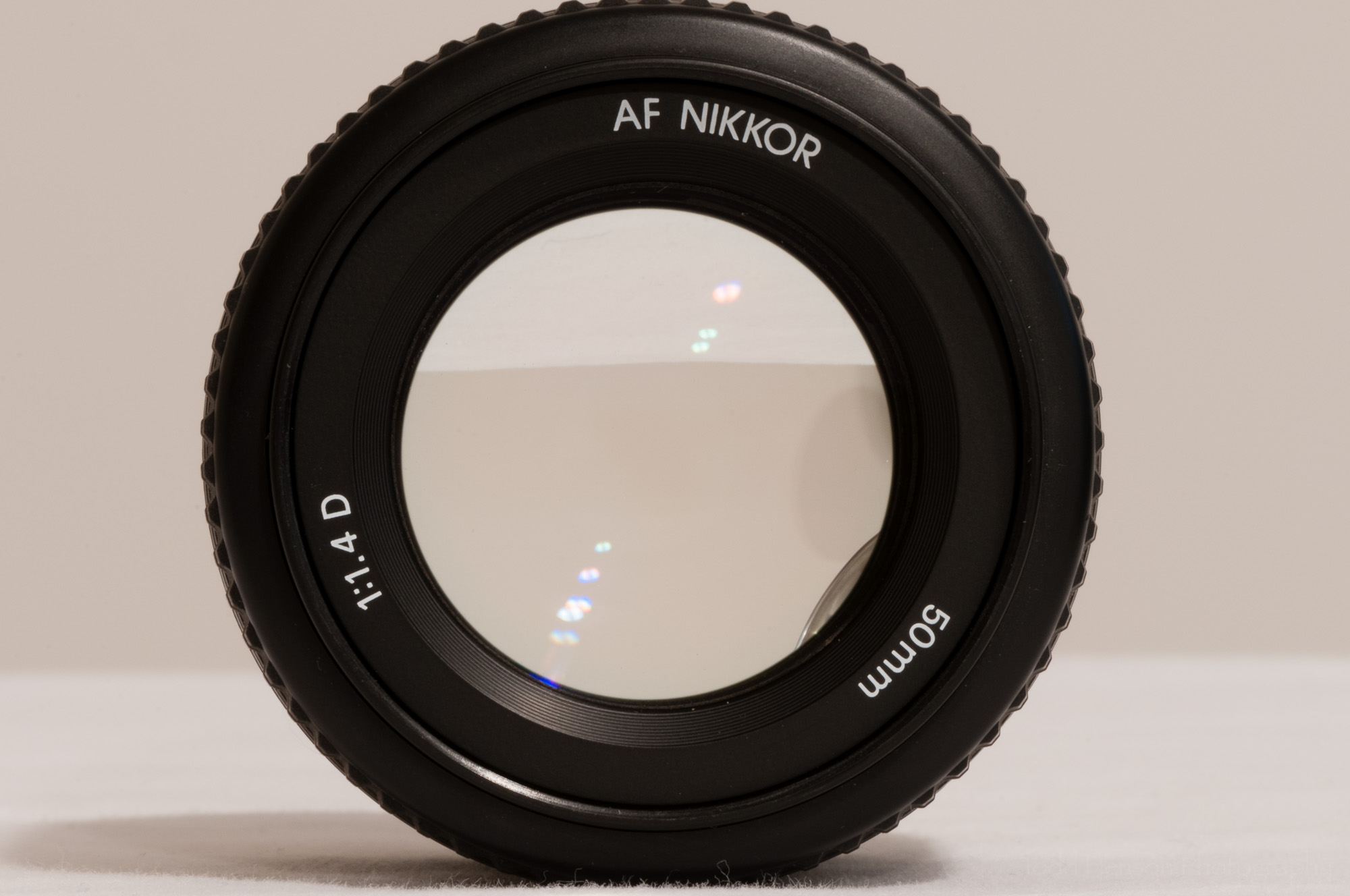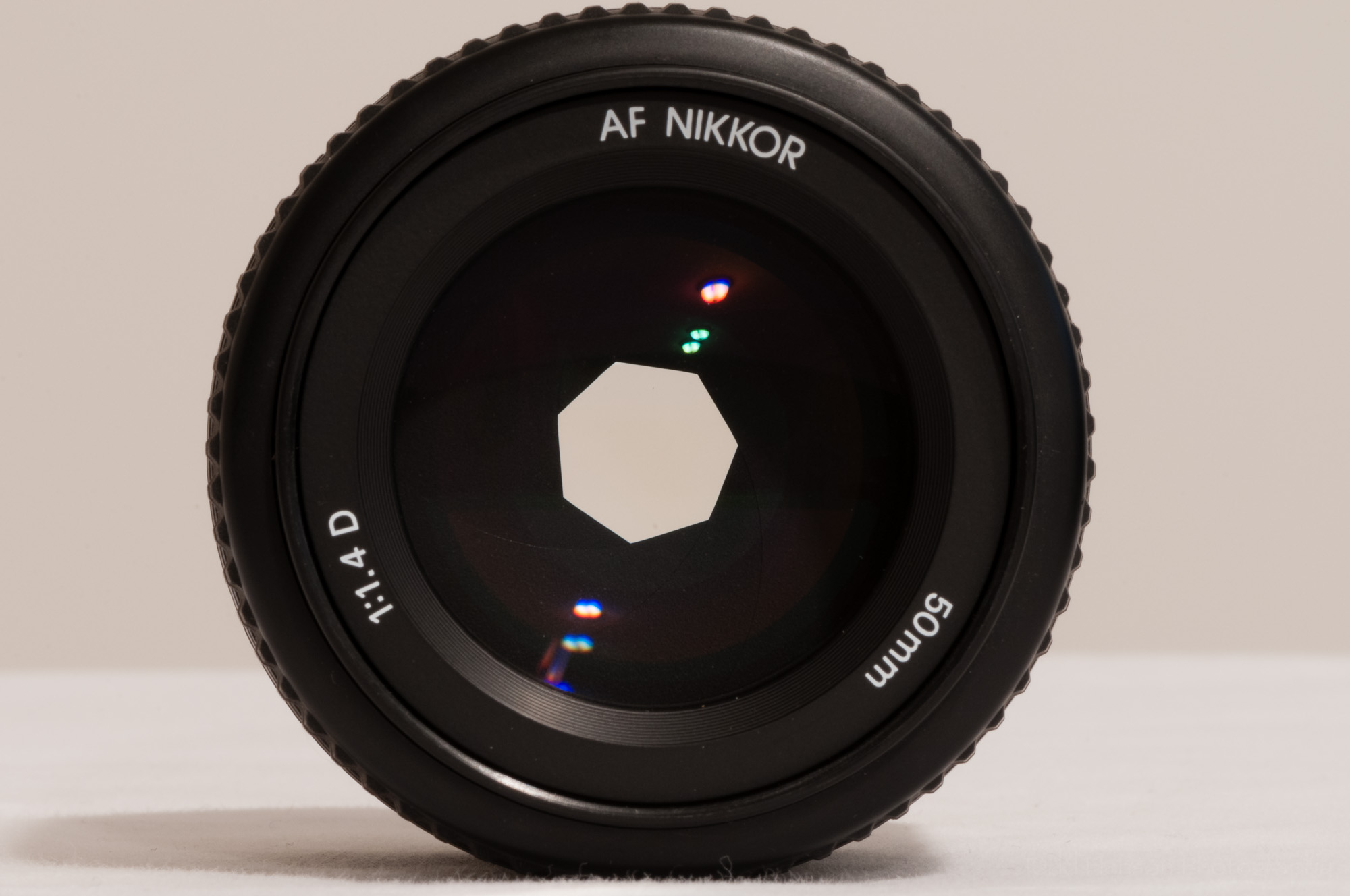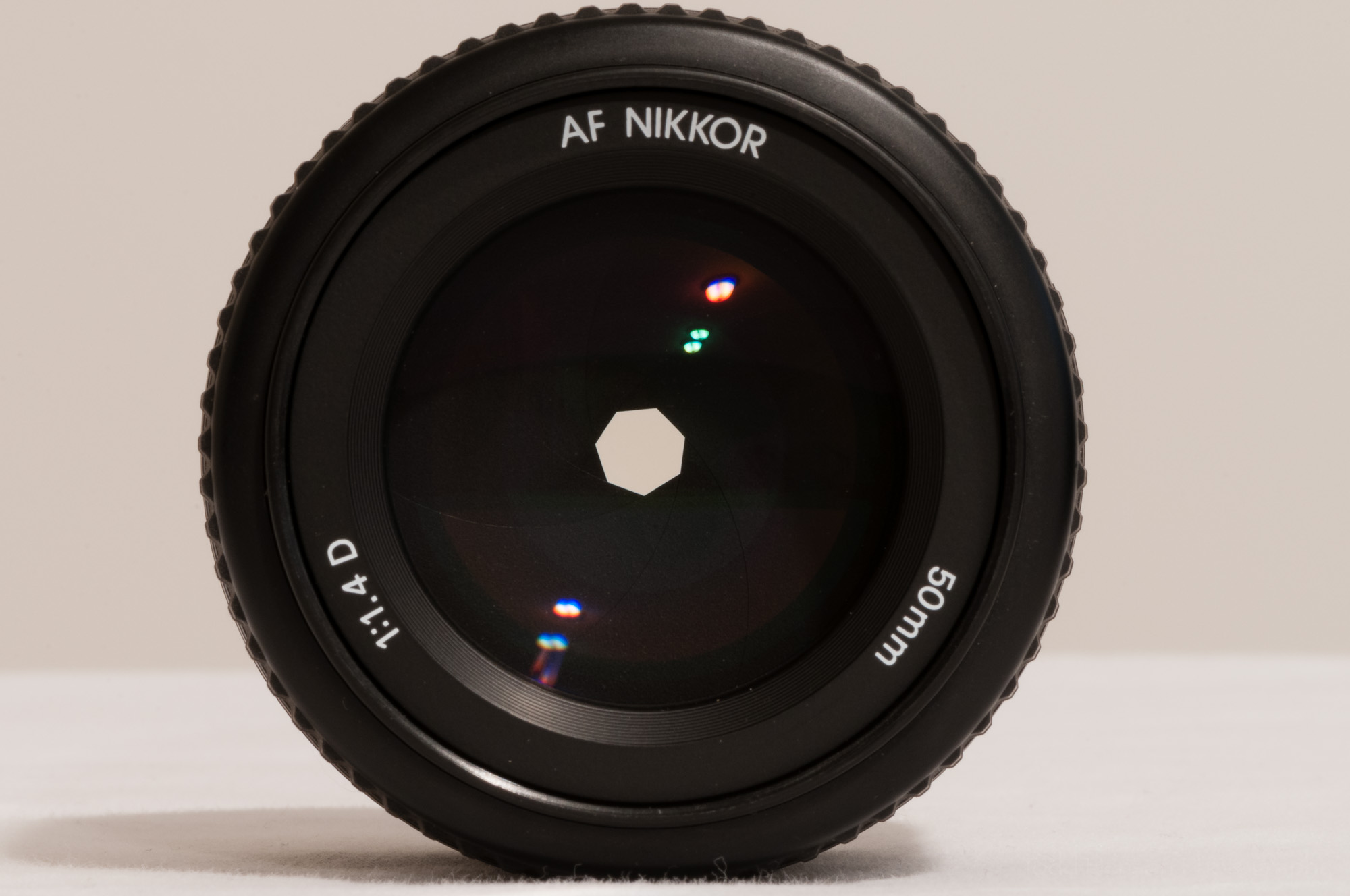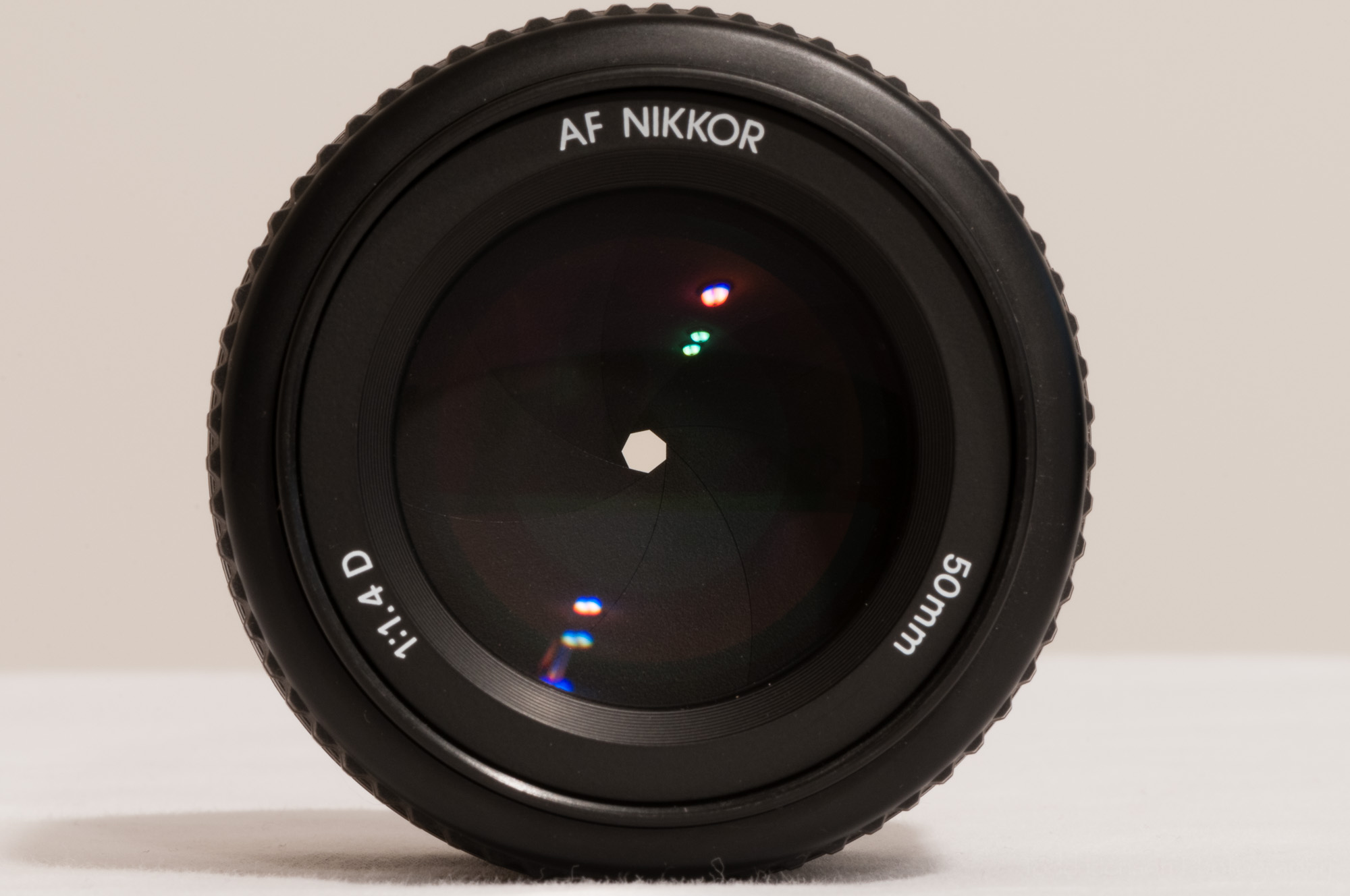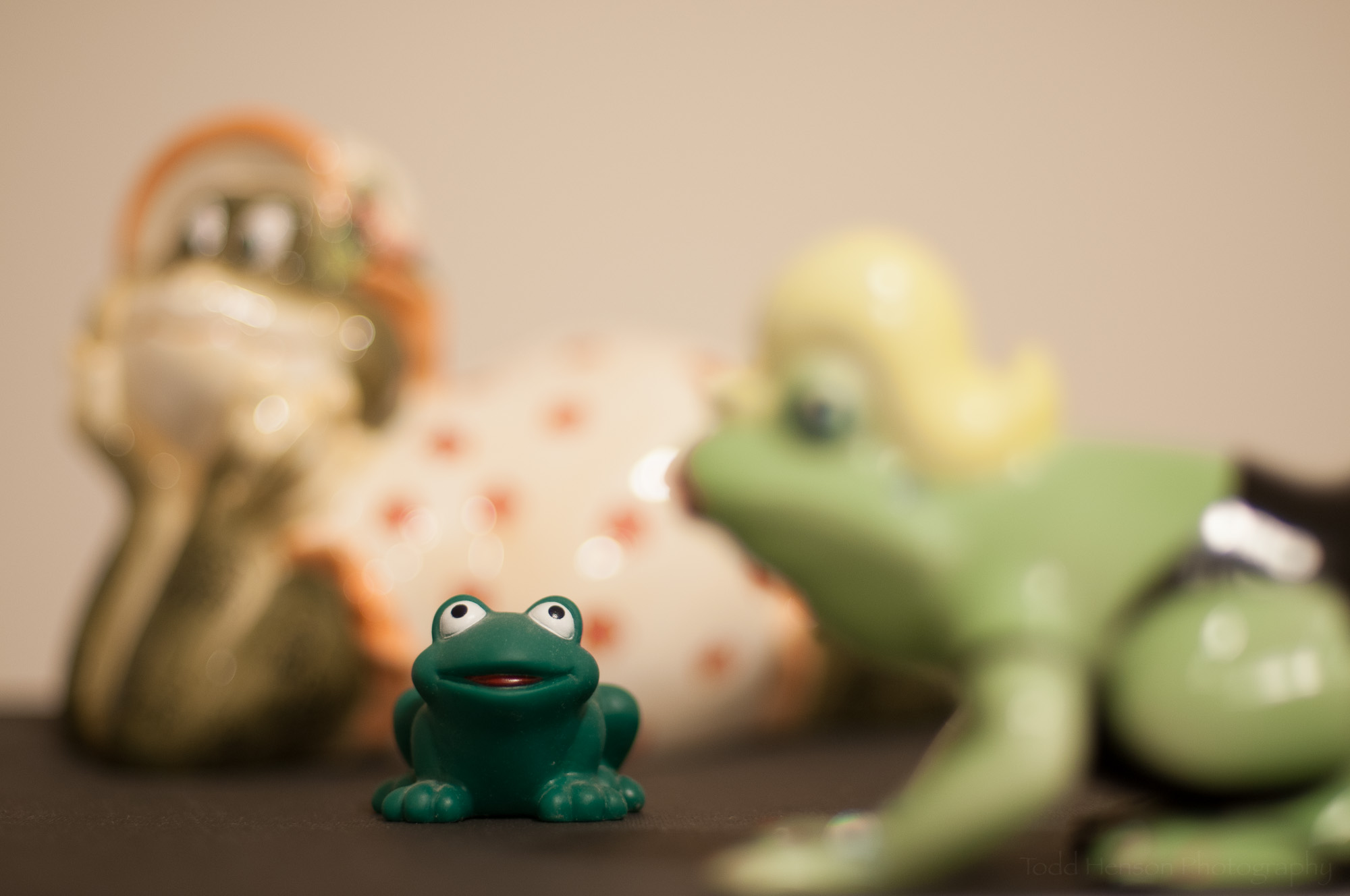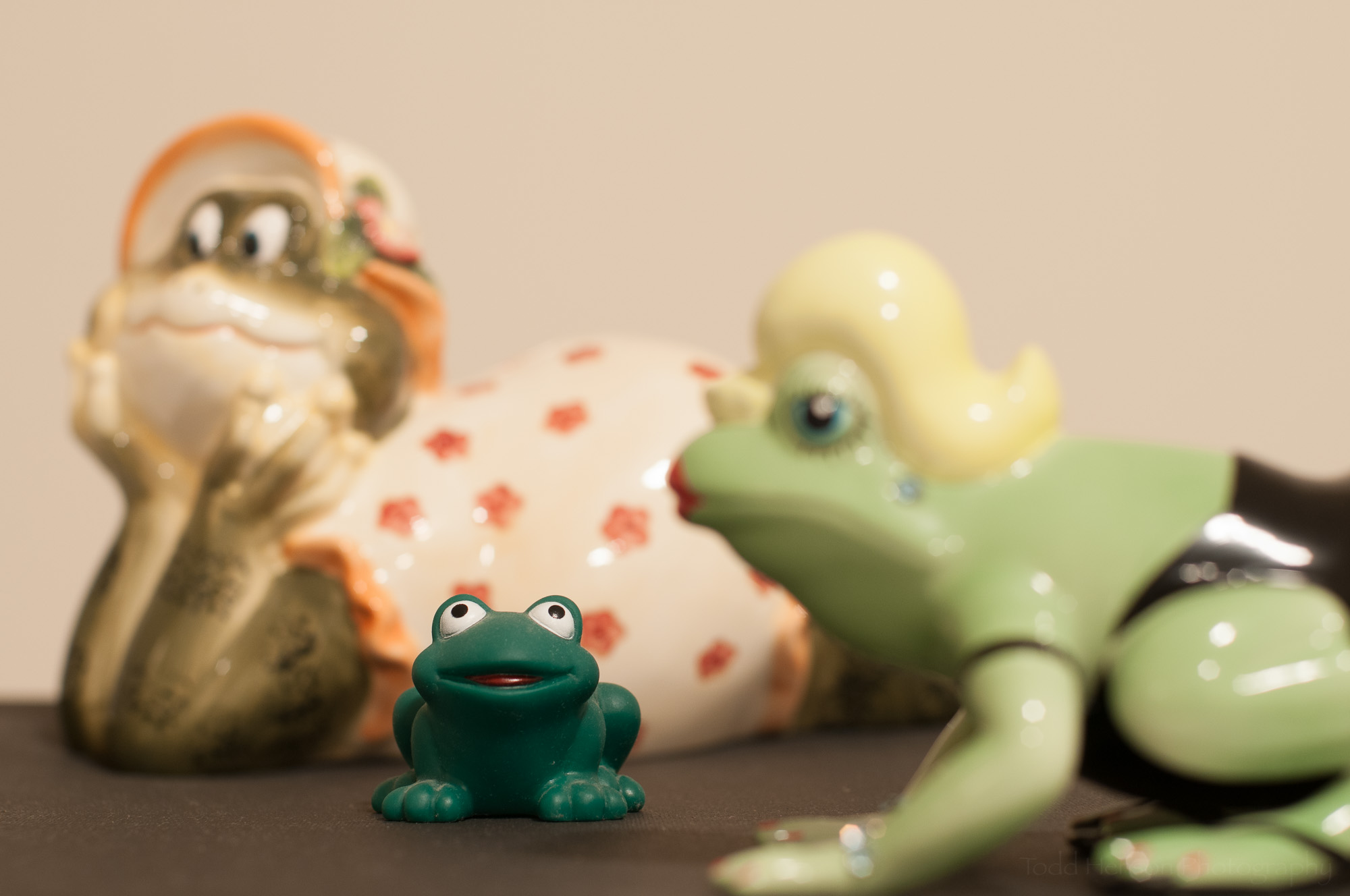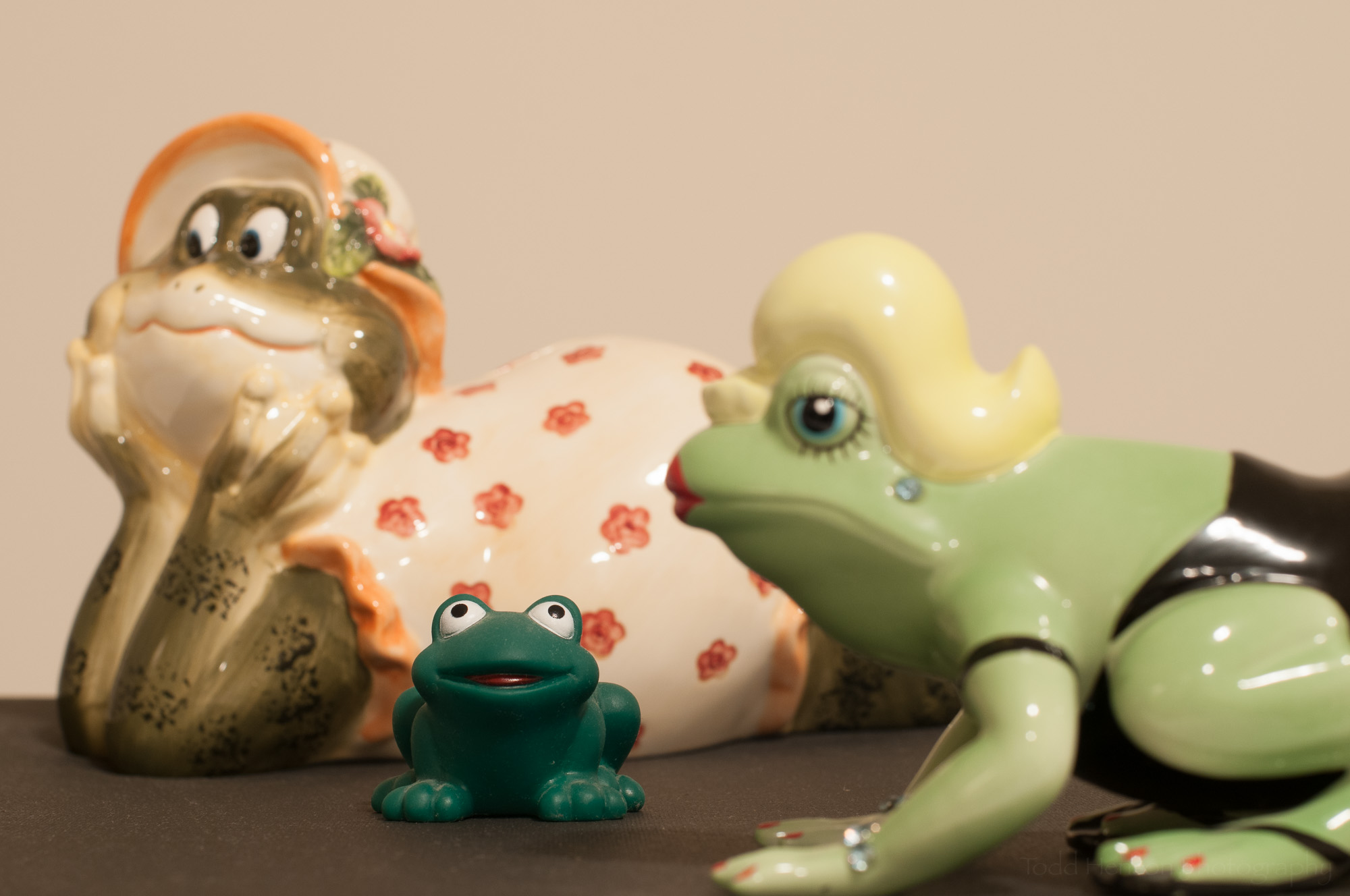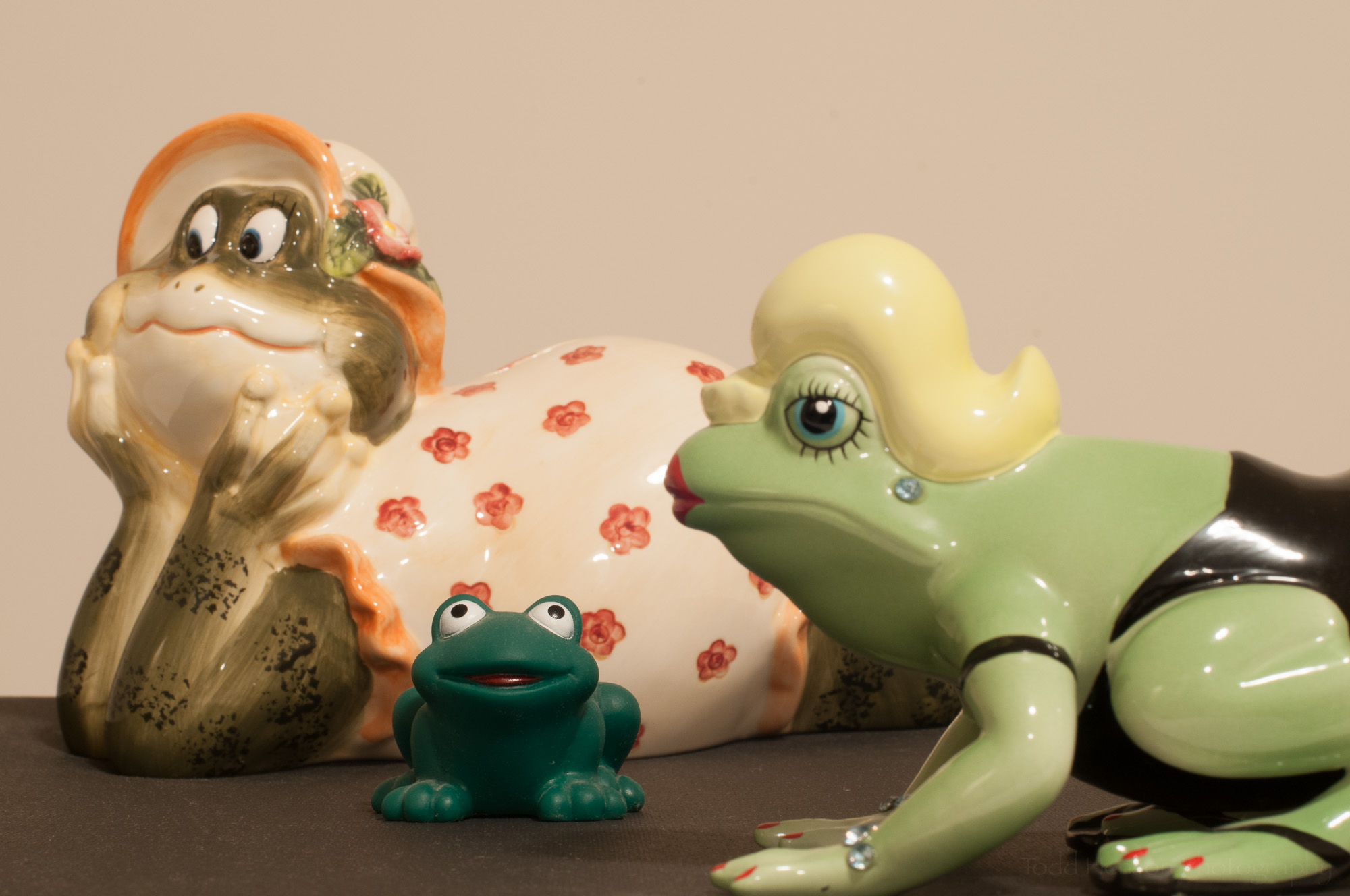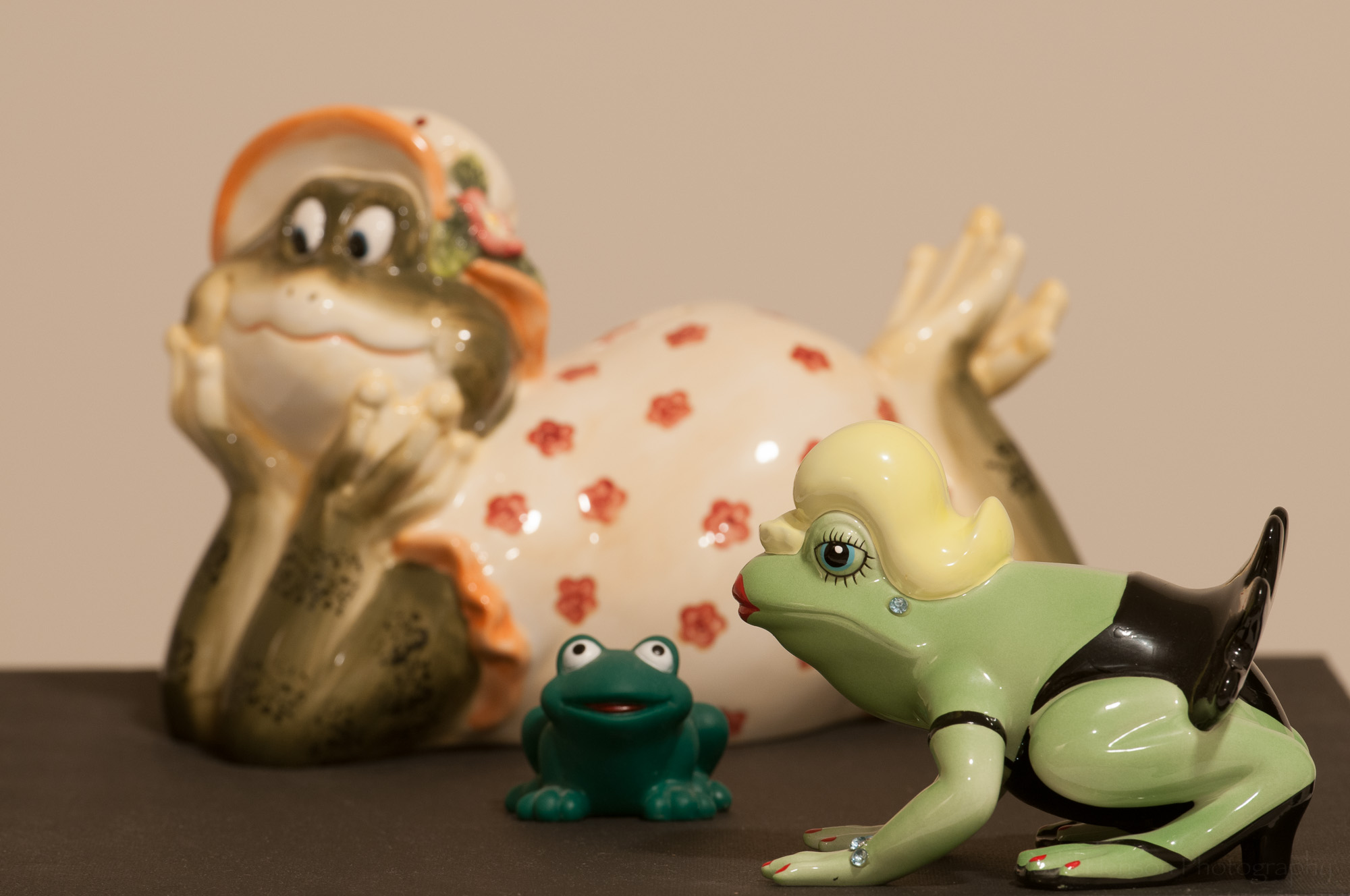Contemplating the future
I’ve never really been into “New Year’s Resolutions,” but I am a believer in always having goals to work towards. Sometimes I create small, very achievable goals if I think I’ll need that feedback, that feeling of accomplishment. But other times I’ll choose a very challenging goal, even one I’m unlikely to achieve, because in those cases it’s not specifically the accomplishment of the goal that matters to me, but the idea of pushing myself to accomplish as much as I can, and pushing towards an almost impossible goal keeps me looking forward and striving for more. With those goals its more about the process and self-improvement than achieving something specific.
But one thing all my goals tend to have in common is that they are most often just in my head. I rarely formalize them or put them in writing. Because of this I lose track of some of them, forgetting or endlessly postponing. This year I decided to change that, or at least begin moving in a more formalized direction, perhaps one I’ll be better able to track, and maybe one that will result in my following through with more of my goals.
I don’t know that I’m ready to jump right into the process of creating S.M.A.R.T goals, meaning Specific, Measurable, Attainable, Realistic, and Timely. These are popular with businesses and the self-help community, and for good reason, they do work. And perhaps one day I’ll go this far. But for now I’m just starting a list of goals I’d like to work towards in 2020.
Below is what I’ve come up with so far:
Get Out More Often
Walking a wetlands boardwalk
Over the last year or so I haven’t gotten out nearly as often as I once did. I miss getting out every weekend, sometimes multiple times on a weekend, and sometimes in the evenings during the week. Granted, life can get in the way, but I’d like to make more of an effort at photographing more often, perhaps 3 or more outings a month.
Print My Photos
Printing photos at home
A number of years ago I purchased a decent photo printer, but I haven’t really used it much. I’d like to change that. I’d like to begin printing at least 1 photograph a month. This will help me better learn the art and craft of printing, but also hopefully help me improve my photography, and encourage me to get out there creating new photos to print.
Start a Project
Just what is a project?
I’ve always admired photographers who work on long-term personal projects. It gives them something specific to work towards and keeps their vision sharp as they’re always on the lookout for that next element of the project. And it focuses you on creating a body of work, something greater than any individual photograph. One example is a Japanese photographer, Eiji Ohashi, who travels around his country photographing the amazing array of vending machines as parts of these incredible landscapes. He has a book I’d like to find, titled Roadside Lights. I don’t know what project(s) I would work towards, but I’d like to begin considering this.
Read Photography/Art Books
A stack of photography & art books to read
As I’ve written about before, I love reading books for inspiration, learning, and pure enjoyment. But last year I didn’t read nearly as much in the photography and art category as I’d have liked. So this year I’d like to read more, with a goal of at least 1 photography/art book every other month. I’d like to read both instructional books and also pure art books, what I sometimes refer to as portfolio books.
Read Non-photography Books
A selection of fiction and non-fiction books to read
My reading habits include genres outside photography and the arts. I love reading fiction, most often speculative fiction such as science fiction, fantasy and horror. But I also enjoy reading non-fiction on a number of topics. For several years now I’ve participated in the goodreads annual reading challenge, where you set a goal for the number of books you’ll read in any given year. I try to up this each year, knowing the number I read will vary depending on the time I have and the length of any books I read. That’s why I also use their statistics features to see how many pages I’ve read in a year. For 2020 my goal is to read 50 books totaling over 11,000 pages.
Education
It’s time to learn
I’ve mentioned before some of the CreativeLive classes I’ve watched. I really enjoy these classes and I think I’ve learned quite a bit from them. Granted, it’s easy to put more time into watching the classes than stepping back and implementing what I’ve learned, so there’s always room for improvement here. But I haven’t watched as many this past year as I’d have liked. So, as with books, I’d like to watch at least 1 class every two months, and I’d like to put some effort into implementing some of what I learn.
Visit a museum
A hallway in the West wing of the National Gallery of Art in Washington, DC
I haven’t been to a museum in some time, and I miss that. I live not that far from Washington, DC, which is home to an amazing array of museums of every kind, many of which are free to the public. I’d like to make an effort to get to at least one of these museums this year. They can be a great source of inspiration, seeing the artwork created around the globe throughout history, learning more about a period of history and about the people of that time.
Relax
Relaxing amongst the cherry blossoms
I don’t want to let a list of written goals turn into a stressful burden. There seems little point in many of these goals if they make me miserable. I want to use them to grow, to improve my photography and myself, and to find more joy and fulfillment in life. Part of that will require making time to slow down, relax, and contemplate. This may be the most important of all the goals.
So those are some of my goals for 2020. Some may be easier to achieve than others. And I may create new goals and drop old ones as the year progresses. But at least this gives me a place to start, a set of initial goals to focus on, and something to look back on to measure my progress.
Have you thought about your goals for the year? How formal is your goal making process?
